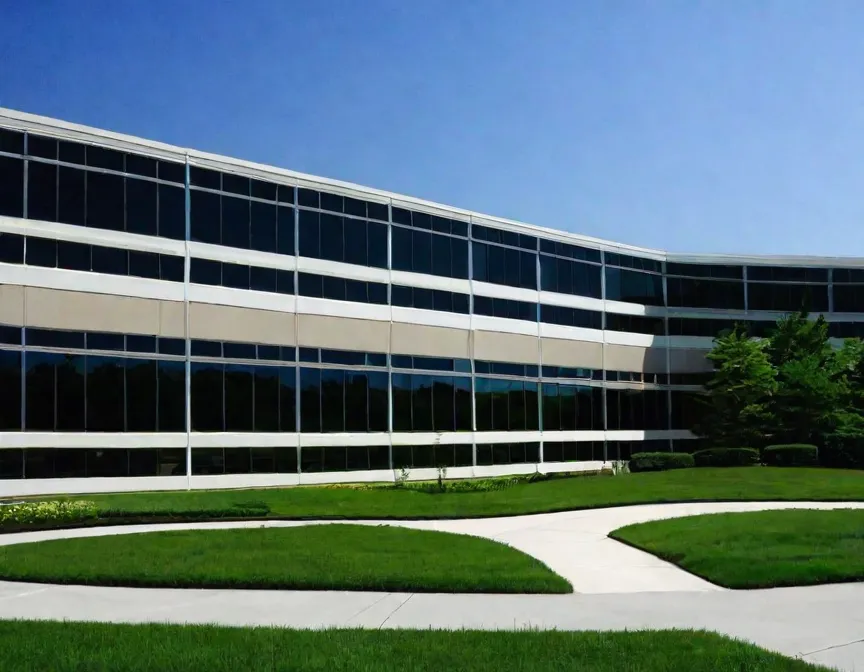Commercial Mortgage-Backed Securities (MBS)
Discover how investors can get involved in commercial property loans with Collateralized Mortgage Backed Securities (CMBS).

Understanding Collateralized Mortgage Backed Securities (CMBS)
What are CMBS?
CMBS, or Collateralized Mortgage Backed Securities, are like financial bundles. Imagine if banks put together all the loans from commercial properties, like offices or shopping centers, into a package. Investors can then buy a piece of that package, and as the loans get paid back, the investors get a share of the money.
How CMBS Works:
Step 1: Getting Loans
Banks or mortgage companies give out loans for commercial properties. These loans are backed by the income these properties make, like rent from tenants.
Step 2: Creating a Bundle
All these loans are grouped together into one big bundle. They group them based on similar things, like the type of property or where it is.
Step 3: Special Company
A special company is created just to hold these loans. This company is separate, so if things go bad, it won't affect the loans. This company issues the CMBS.
Step 4: Dividing the Bundle
The bundle of loans is divided into different parts, each with its own risk and reward. Some parts get paid first, and others come later. Investors can choose which part they want to buy.
Step 5: Selling to Investors
These parts, called tranches, are sold to investors. It's like selling slices of a pizza. Investors get money based on the slice they bought when the loans are paid back.
Types of CMBS:
1. Traditional CMBS:
These are backed by many loans from different types of properties. Investors get a share of the money from all these loans.
2. SASB CMBS:
These come from a single loan for one big property. Usually, these are for really large loans that don't fit the usual bundle.
3. CRE CLOs:
Similar to traditional CMBS but also include other types of debts. Investors get a mix of commercial real estate loans and other debt.
Risks to Think About:
1. Credit Risk:
This is the risk that the people who took the loans might not pay them back. It depends on how reliable they are, how well the property is doing, and how the economy is doing.
2. Prepayment Risk:
Sometimes, the people who took the loans pay them back early. This can change when investors get their money and how much they get.
3. Interest Rate Risk:
If interest rates go up, it can affect how well the loans and properties perform. It might make things harder for property owners and investors.
4. Property Market Risk:
Changes in the property market, like property values or how many people want to rent, can impact the money from these loans.
An Example:
Imagine a bank gives out loans for office buildings in different cities. They put these loans together into a CMBS. Investors can pick if they want a safer slice (lower returns but less risk) or a riskier slice (higher returns but more risk).
CMBS Trading and Liquidity:
CMBS can be bought and sold in a market, giving flexibility to investors. The market depends on how many people want to buy or sell and how reliable the loans are. Some slices are easier to sell than others.
Conclusion:
CMBS lets people invest in commercial property loans. Understanding how they work, the types, and the risks helps investors make smart choices. It's like sharing in the success of different businesses without directly owning them.
This article takes inspiration from a lesson found in FIN 4243 at the University of Florida.